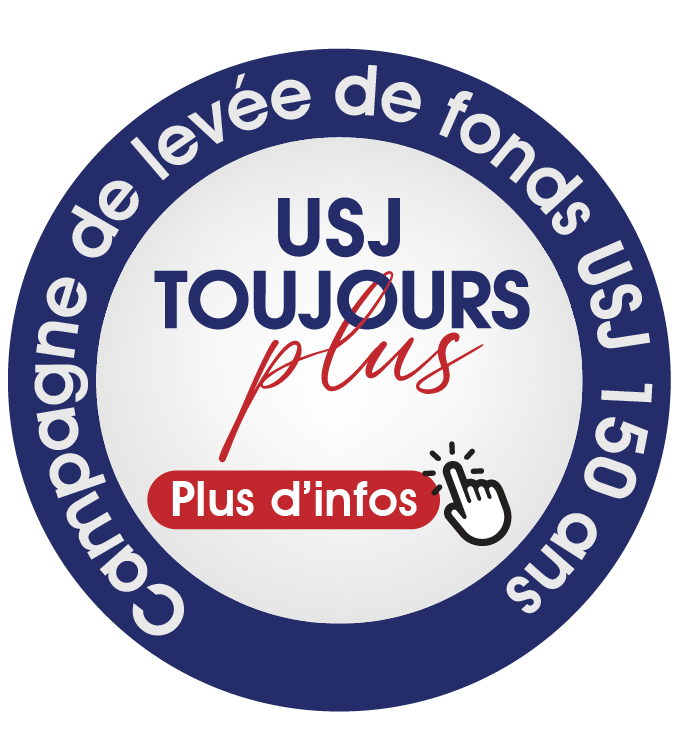
|
This TU is part of part of the Bachelor’s degree in Speech and Language Therapy, in semester 5 . It is mandatory.
It allows students:
- To develop knowledge about the basic principles of SLT intervention in individuals with cerebral palsy (CP) and intellectual disability (ID)
- To analyze and interpret clinical data and use it to plan interventions
- To develop an intervention plan
- To acquire knowledge about the effectiveness of interventions
This TU contributes to the development of the following competencies :
- Clinical approach : conduct appropriate interventions based on the client’s needs
- Collaboration : collaborate with different stakeholders in order to establish appropriate intervention adapted to the context, and suited to each individual.
- Communication : Provide health professionals, parents and patient’s environment with information about the specificities of the disorders encountered and their impact on the individual’s life and SLT intervention
Temps présentiel : 25 heures
Charge de travail étudiant : 75 heures
Méthode(s) d'évaluation : Projets
Référence :
- Abbeduto, L., Warren, S. F., & Conners, F. A. (2007). Language development in Down syndrome: From the prelinguistic period to the acquisition of literacy. Mental retardation and developmental disabilities research reviews, 13(3), 247-261
-Brady, N. C., Bruce, S., Goldman, A., Erickson, K., Mineo, B., Ogletree, B. T., ... & Wilkinson, K. (2016). Communication services and supports for individuals with severe disabilities: Guidance for assessment and intervention. American journal on intellectual and developmental disabilities, 121(2), 121-138.
-Fey, M. E., Warren, S. F., Brady, N., Finestack, L. H., Bredin-Oja, S. L., Fairchild, M., ... & Yoder, P. J. (2006). Early effects of responsivity education/prelinguistic milieu teaching for children with developmental delays and their parents.
-Marrus, N., & Hall, L. (2017). Intellectual disability and language disorder. Child and Adolescent Psychiatric Clinics, 26(3), 539-554.
-Rhea, P., & Norbury, C. F. (2018). Language disorders from infancy through adolescence: Listening, speaking, reading, writing, and communicating. Fifth edition. Elsevier
-Roberts, J. E., Price, J., & Malkin, C. (2007). Language and communication development in Down syndrome. Mental retardation and developmental disabilities research reviews, 13(1), 26-35.
-Rondal, J. A., & Perera, J. (2006). Down syndrome: Neurobehavioural specificity. John Wiley & Sons.
Weijerman, M. E., & de Winter, J. P (2010). Clinical practice. The care of children with Down syndrome. European Journal of Pediatrics 169(12), 1445–1452.
-K. B. Rangarathnam, N. McCracken, & R. W. Armstrong. (2020). Speech and language therapy interventions for children with cerebral palsy: a systematic review. Developmental Neurorehabilitation, 23(1), 37-54.
-R. Pennington, S. S. Goldbart, & J. Marshall. (2020). Speech and language therapy for children with cerebral palsy: a systematic review. Developmental Medicine & Child Neurology, 62(1), 36-45.
-M. E. Rosser, M. B. Hoffman, & D. D. Hodge. (2019). Effects of speech-language therapy for children with cerebral palsy: a meta-analysis. Developmental Medicine & Child Neurology, 61(11), 1272-1280.
-K. M. Thomas-Stonell, & N. R. Johnson. (2014). Speech and language therapy for children with cerebral palsy. Cochrane Database of Systematic Reviews, 2014(11), CD009407. |




 Institut supérieur d'orthophonie
Institut supérieur d'orthophonie